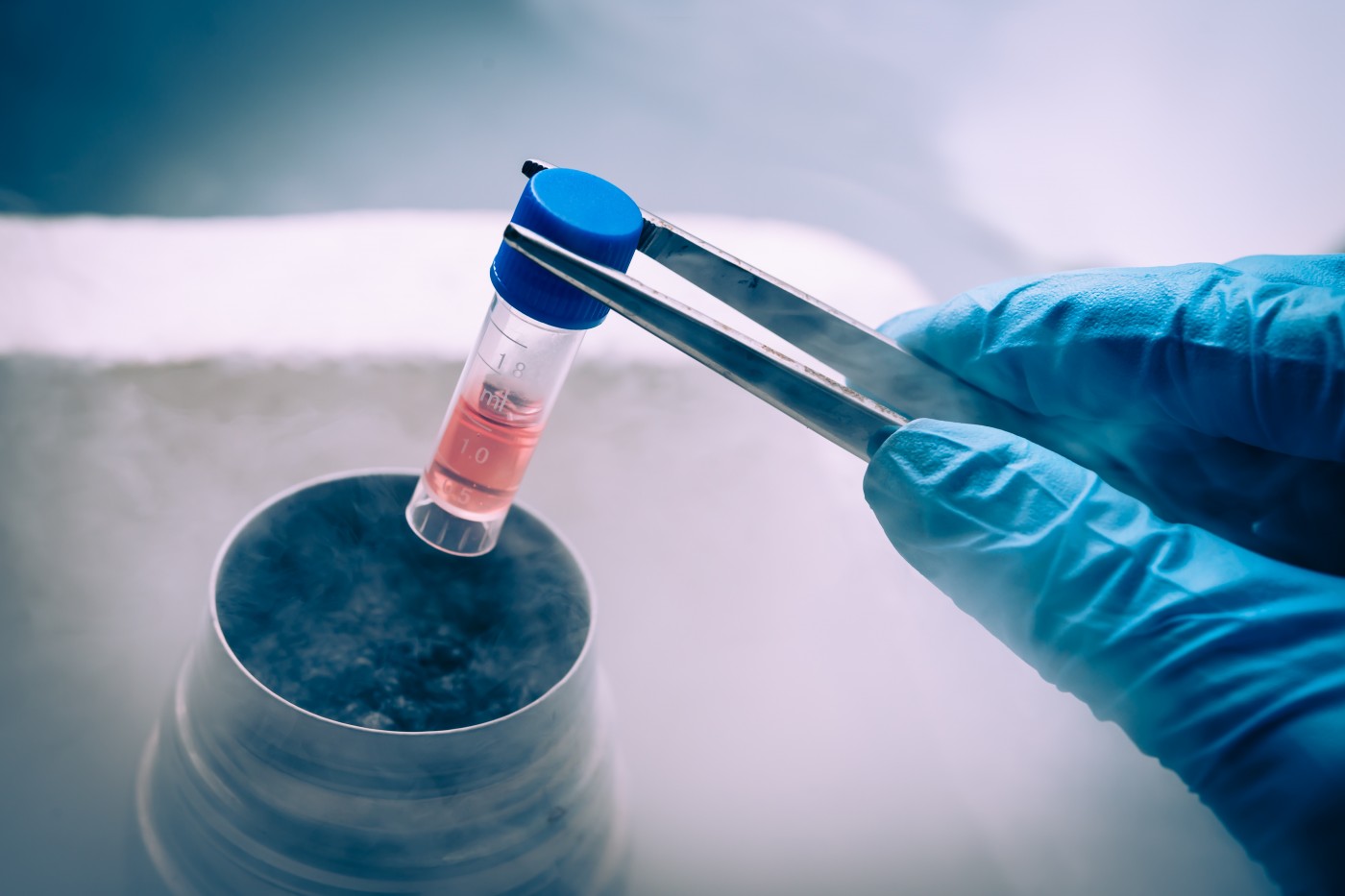#ECTRIMS2016 – Stem Cell Transplantation Shows High Efficiency

A high fraction of patients with multiple sclerosis (MS) who underwent a transplant with their own bone marrow stem cells after immunosupression therapy, show no signs of disease activity after treatment, according to a new study.
The results were presented in a talk, “Clinical experience in aggressive multiple sclerosis treatment with autologous haematopoietic stem cell transplantation,” given at the 32nd Congress of the European Committee for Treatment and Research in Multiple Sclerosis (ECTRIMS), in London (Sept. 14 -17).
In MS patients, cells of the immune system, called T cells, become auto-reactive, targeting patients’ myelin, the fatty white substance that surrounds the axon of nerve cells.
In the last years, a therapeutic strategy for MS has been proposed, based on intensive immunosuppression treatment followed by autologous hematopoietic stem cell transplantation (HSCT). So, how does this work?
The idea, which already is being tested, is to first remove the harmful immune cells that attack the brain and spinal cord (immunosuppression treatment), and then use the patients’ own bone marrow stem cells to effectively re-grow their immune system. This strategy would allow the patients’ immune system to re-boot and prevent further damage in the brain and spinal cord. Several long-term follow-up observations after autologous HSCT have confirmed a great potential and efficacy for this strategy, even in aggressive forms of MS.
In his talk, Marek Smilowski, from the Department of Hematology and Bone Marrow Transplantation, Silesian Medical University, Katowice, in Poland, presented the results of a study where researchers evaluated the safety and efficacy of low-intensity immunosuppression followed by HSCT for patients with aggressive MS. In total, 89 patients with active relapsing-remitting MS (78 patients) and active secondary progressive MS (11 patients) participated in the study. The group included 49 women and 40 men, with a mean age of 38.
The study primary endpoint was to assess “No evidence of disease activity” (NEDA), defined as absence of relapses (relapse free survival – RFS), absence of confirmed disability worsening (progression free survival – PFS), and absence of radiological activity, detected by magnetic resonance (MRI-EFS).
Researchers assessed the patients regarding the Expanded Disability Status Scale (EDSS), a method to quantify disability in MS, where the higher the value, the higher the level of disability. The team showed that before autologous HSCT, the median EDSS was 5.0 and it decreased to 4.25 3 years after the treatment. The 3-year NEDA was observed in 74% of the patients.
In conclusion, the results suggest that autologous HSCT should be considered as an option for highly active MS treatment. Researchers noted, however, that the treatment must be performed according to very restrictive qualification criteria and in highly specialized hematological centers.






